EN

‘This city is not a city, it's an addiction.’ We borrowed poet and doctor Jorge de Sousa Braga's ‘warning’ about Porto to encourage Minês Castanheira to talk about her relationship with Invicta, a literary and marginal city where she likes to wander. ‘All the great writers, all the great thinkers, even foreigners, have had to write about this fog, it's a poetic fog, it's a light that is very particular to Porto... It's the Porto of the margins, it's the clandestine Porto, it's the marginal Porto; it's this thing of being the second city, the deep literary history it has,’ she says. And he recalls, in this regard, the Intergenerational and Multicultural Choir of the Spoken Word, one of the projects that Bairro dos Livros, which he founded alongside Catarina Rocha, developed between September 2023 and March this year, through the Museums and Libraries of Porto, and which was dedicated to rewriting the Porto Songbook. ‘When we did this, people said that Porto knows how to walk straight, but likes to walk backwards. I think it has to do with being the ‘second city’, being far from power but close to the rest of the country; there's a very particular way of thinking about Porto,’ she says.
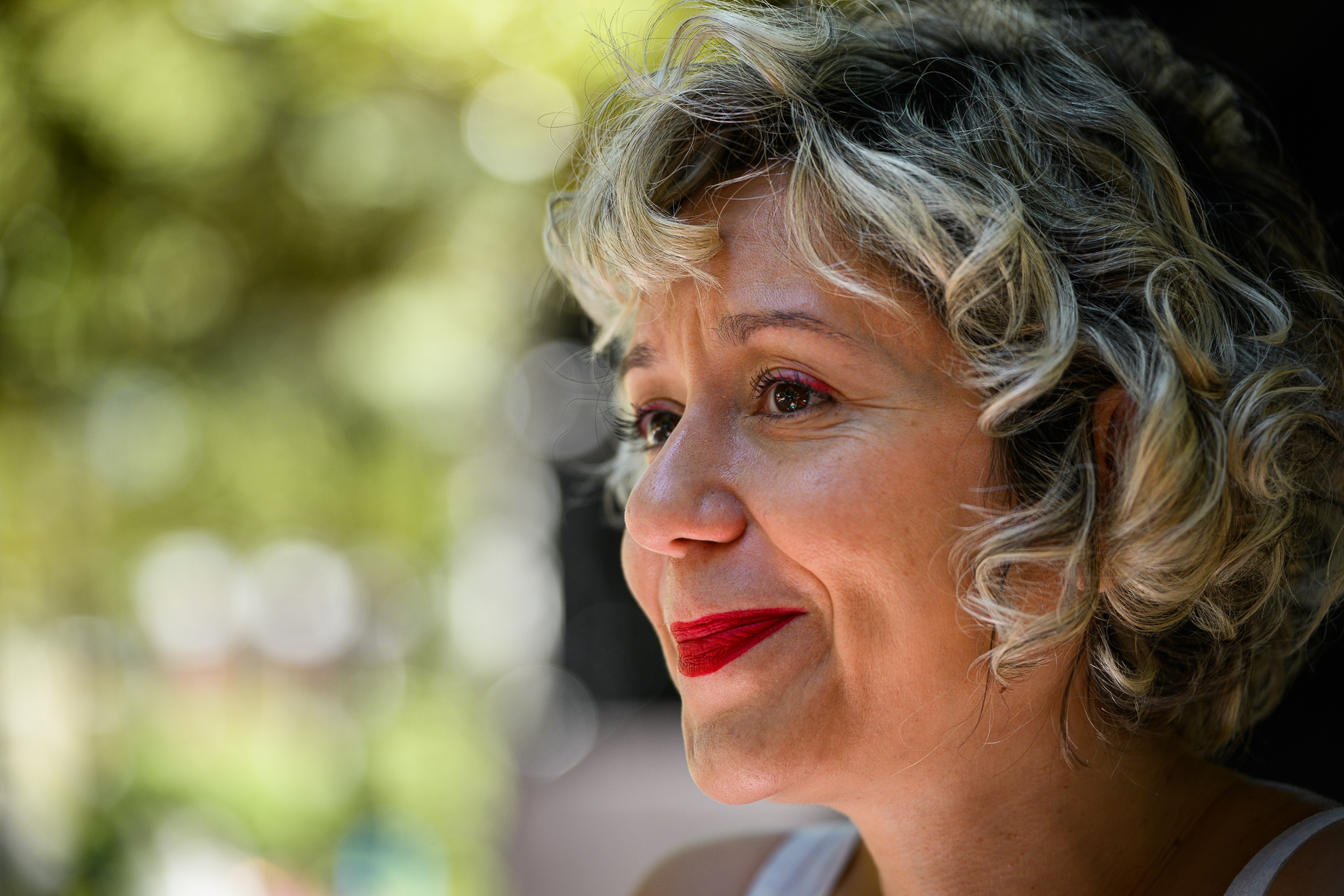
© Nuno Miguel Coelho
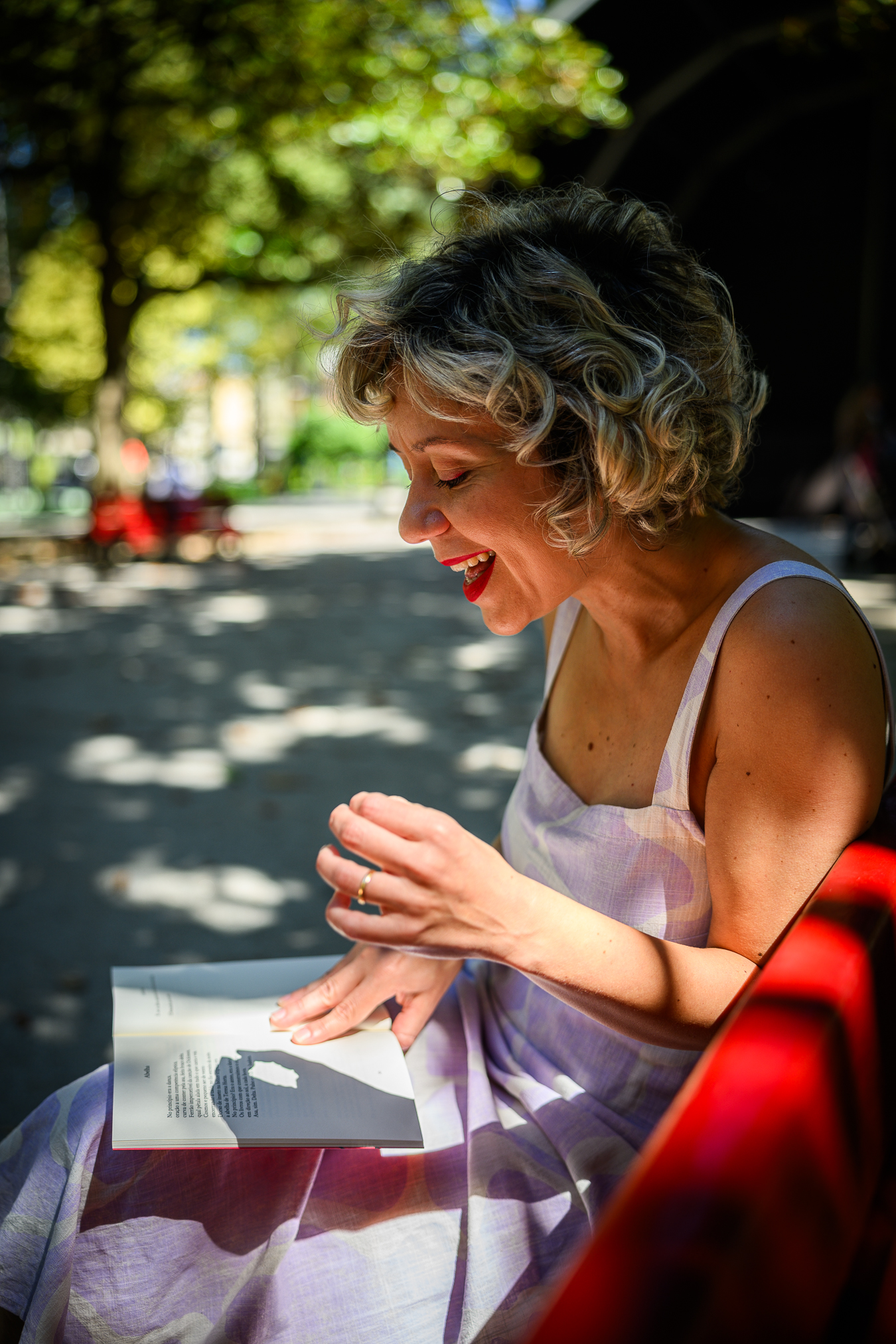
© Nuno Miguel Coelho
Poet, communicator and creative director, with strong inclinations towards books, food and knitting (she reveals that she learnt to knit during the pandemic, through YouTube videos, and shows us a jumper she's finishing - I'm missing a sleeve! -), Minês is also a storyteller. She knows a lot about the gardens, streets and squares of Porto, and almost all of them involve thinkers, writers and poets. We met in the Arca D'Água Garden, where, in 1866, Antero de Quental and Ramalho Ortigão fought a famous duel over the ‘Coimbrã Question’. ‘Practically all the gardens in Porto are places that have literary or military histories, and I don't think we value them enough,’ he says. ‘If you like stories, if you like listening to a good story, which is something that all children and adults like, it's impossible not to fall in love with the stories that this city tells; and they are the stories of books, of writers, of the relationships of affection that have happened here,’ he argues, emphasising that “the history of Porto is literary too”.
For Minês, Porto is not just a geographical territory, but an affective space that has moulded its interior architecture. The poems about the city that he heard his father say as a child have contributed to this. ‘I grew up in a house where people loved Porto, where poems about Porto were part of my life; my father would quote poems to me by heart, which I later came to understand in a different way as an adult,’ she says.
Mapping literary Portugal
She studied journalism, but never saw herself as a journalist; she always knew that literature was her vocation. Books, her companions since childhood, have always been her refuge, and Bairro dos Livros, founded 13 years ago, has become the perfect vehicle for sharing this passion. Among the various projects, the most noteworthy are the literary guides on the cultural heritage of various territories in the country; the first guide, launched in 2018, was on the city of Porto. The aim ‘was to raise the profile of bookshops and booksellers, but then we felt there was a need to suggest literary routes in the city that weren't exclusively touristy,’ she says. Literary maps of Penafiel, Baião, Évora, Matosinhos and Póvoa de Varzim followed. At the moment, Minês and Catarina are working on a literary map of Sertã and another of the writer Agustina Bessa-Luís. And they want to create more maps: ‘The aim is to map the whole country, and it would be fantastic if there was a macro view, which there isn't; the way we've found to make this project worthwhile, to make it a reality, is to go from municipality to municipality.’
According to Minês, the literary maps ‘are a tool for local agents, tourist agents, cultural agents and schools to use, and to recover some figures that have disappeared’. And he gives an example: ‘When we talk about Baião, people talk about Eça de Queirós, who was there for two days, but there are so many figures [to discover]; one of them is the Viscount of Vila Moura, a figure I didn't know, who means absolutely nothing to my generation, but once you find him, you'll find him everywhere.’ The Viscount of Vila Moura, Bento de Carvalho Lobo, was Fernando Pessoa's correspondent, a chronicler for the magazine A Águia and the author of a vast body of work as a novelist, short story writer, chronicler and critic. Minês tells us that he is ‘the author of one of the first lesbian novels in Portugal and that he is said to have had a relationship with [the poet] Mário Pires Gomes Beirão’. ‘At the time, Baião was a cultural centre, a place where people lived whose intellectual influence was enormous. To understand that is to understand the country better today,’ she adds.
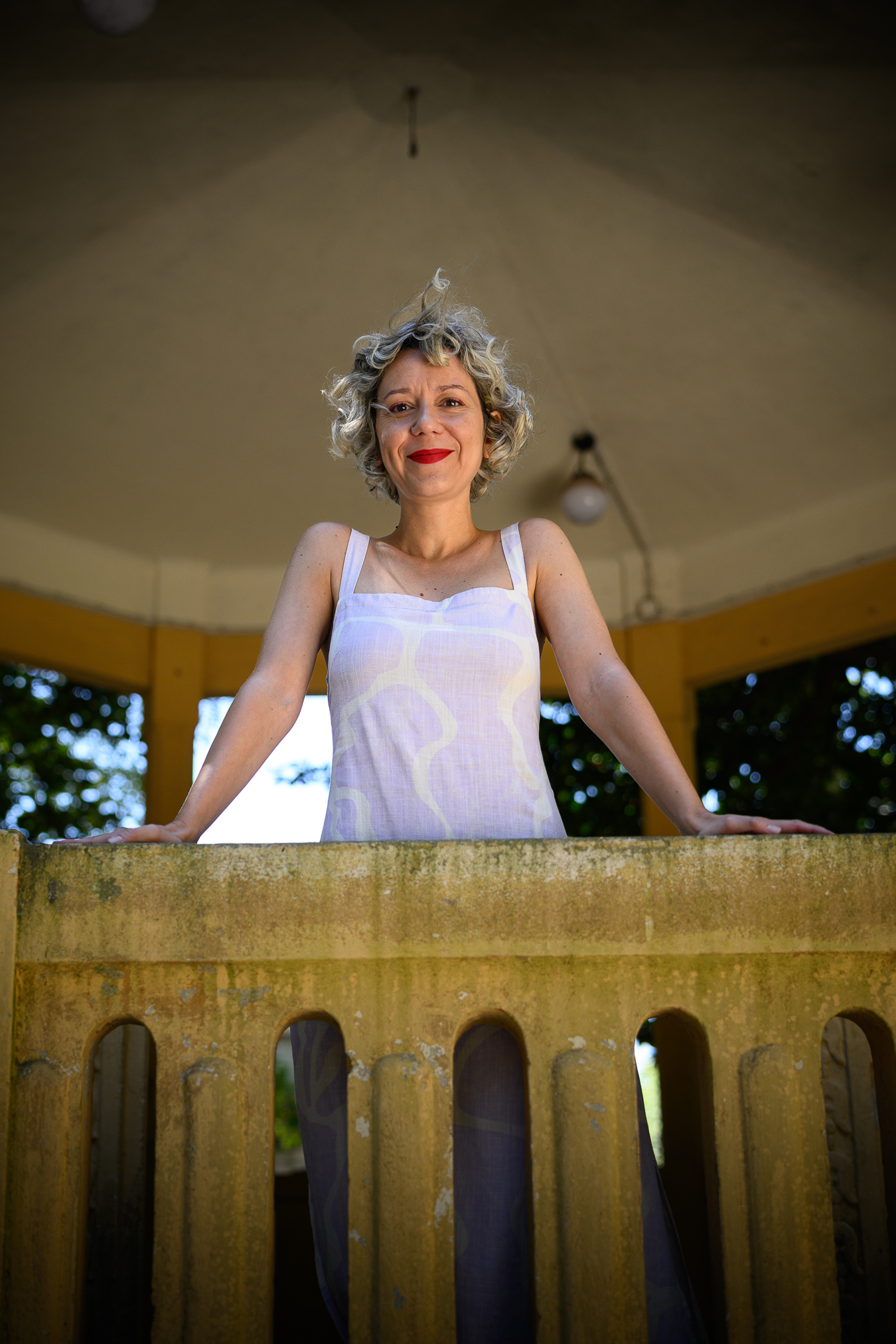
© Nuno Miguel Coelho
‘When you discover the literary history of a territory, you better understand what the territory is today.’
‘You take any of these writers, Almeida Garrett or Carolina Michaëlis, for example, and you can travel around the city and find the history and the present day. Everything we're living through today makes more sense, and that's our logic when we go to the territories to make the various literary maps. When you go to a territory and discover what the literary history of that territory is, you better understand what the territory is today. Everything makes a lot more sense. Things aren't born out of nothing,’ she argues. And adds: ‘It only takes one generation for you to forget a writer, a story that is at the base, at the root of that territory.’
It was precisely Porto's literary map that later gave rise to ‘much bigger projects’. ‘We went from doing very local, one-off events to publishing; we created the ‘Bairro dos Livros’ label, and at some point we started doing projects outside Porto; art installations, cultural programming, projects for other municipalities...’

© Nuno Miguel Coelho
Literary routes
Literary walks are another project of the Book Neighbourhood. The latest, ‘How a friendship is drawn’, was organised in partnership with the Museums and Libraries of Porto, and was inspired by ‘great literary friendships’, such as the friendship between Germano Silva and Manuel António Pina. The visit included reading excerpts, stories and episodes from Invicta's literary heritage, and was intended to trace routes in a wandering atmosphere - because Pina and Germano shared the ritual of wandering aimlessly through the streets of Porto.
‘If people are interested in doing it, we'll do it. On this route, we would walk around certain parts of the city and tell stories, like the one when Antero [de Quental], for example, went to the balcony of Carolina Michaëlis' house, in Rua de Cedofeita, and gave a huge speech to the students that became famous and was in all the newspapers. Then I explain why they were friends, why they met,’ she says.
On the subject of literary routes, Minês also shared with us his wanderings around the city: ‘Stopping by Moreira da Costa, in Rua de Aviz, to say hello - they're the fifth generation of booksellers; you have to fight for spaces like that to remain - then going to La Copa for ice cream, which is the best ice cream in Porto, then to the Municipal Library of Porto, in São Lázaro, and going for a hot dog in Praça dos Poveiros.’ The library is one of the places where she spends the most time, which ‘is funny’, she says, because she is ‘allergic to book dust’. ‘I often wear a mask and gloves because I'm touching old books. It's the gods making fun of me,’ she laughs.
‘For me, it's important to experience the city and pass by places [that I know stories about]... I pass the Clérigos Tower and I think of Sena's poem. This is real,’ he says. ‘For my soul, I'd like a tower like this, /this high, /this misty, following the river [...]’ Or when she passes Gomes Teixeira Square, in front of the Leões Fountain, and the lines from the poem “Jardim da Cordoaria” by Egito Gonçalves come to mind. ‘You're in a place that is living history, recent history and past history blend together,’ she says enthusiastically.
A regular at book fairs and literary festivals, Minês will be at the Porto Book Fair to moderate a series of three talks, Poetry doesn't go to Mass, on 6, 7 and 8 September. ‘My goal in these moderations is to serve the public and serve the author. (...) What I want is to help people make a bridge with those in front of them,’ he says. ‘It's a cool job because I study, I read, I meet very interesting people, I'm in contact with the public and I realise some funny phenomena,’ he says. When we ask her what these ‘phenomena’ are, she says: ‘If women stopped buying books tomorrow, the publishing houses would all close down.’
Immigrant voices revitalise Porto's poetry scene
In Porto, where poetry is increasingly finding new stages, Minês, who is also the author of several books in this literary genre, recognises the impact of foreign voices, especially Brazilian ones, which, she says, have revitalised the city's poetry scene. According to the poet, the fact that almost every night we can listen to poetry in a different space is due to three reasons: one of them is ‘the mass arrival of authors - I'm going to say foreign authors - particularly Brazilians, in Porto. This has completely revitalised the language and poetry. It was one of the best things to happen to this city,’ he says. ‘I've been saying for years that poetry will soon have another accent - and it will. I've seen it, I've read it, I've consumed it and I've really enjoyed what this community has brought.’ On the other hand, Minês insists on the idea that Porto ‘has always been on the margins, it has always been much more permeable to contradictory movements than the capital’, also emphasising that poetry, ‘contrary to what most people think, is much closer to our normal, oral, daily, everyday language than prose’. ‘Nobody speaks in prose. Nobody starts a sentence knowing how it's going to end. We all speak in verse. We speak, we stop, we continue, we change the subject, we even repeat the patterns, we repeat the verbs many times, when we're explaining an idea, all this is poetry; therefore, poetry is much closer.’
"In the beginning was dance" is the title of her latest book of poetry, published in 2022 by Fresca Editores, and which features an illustration by Catarina Rocha on the cover. The reason for the title, she says, has to do with the fact that for many years, during her childhood and adolescence, she performed ballet. ‘The relationship between movement and a woman's body, and that movement, that impulse, being the start of other things is important,’ she reveals. ‘The poem ‘Abelha’ talks about this: ‘In the beginning was the dance,/ prayer to an elliptical competence,/ curved to contain by the wing, made delta arm,/ unnoticeable sting of Dickinson's song,/ like a winged petal in everything that sings and flies (...)’ - ‘It has to do with the reference to a group of women who were important, from Isadora Duncan, Emily Dickinson, Ana Luísa Amaral, they're all there,’ she says.
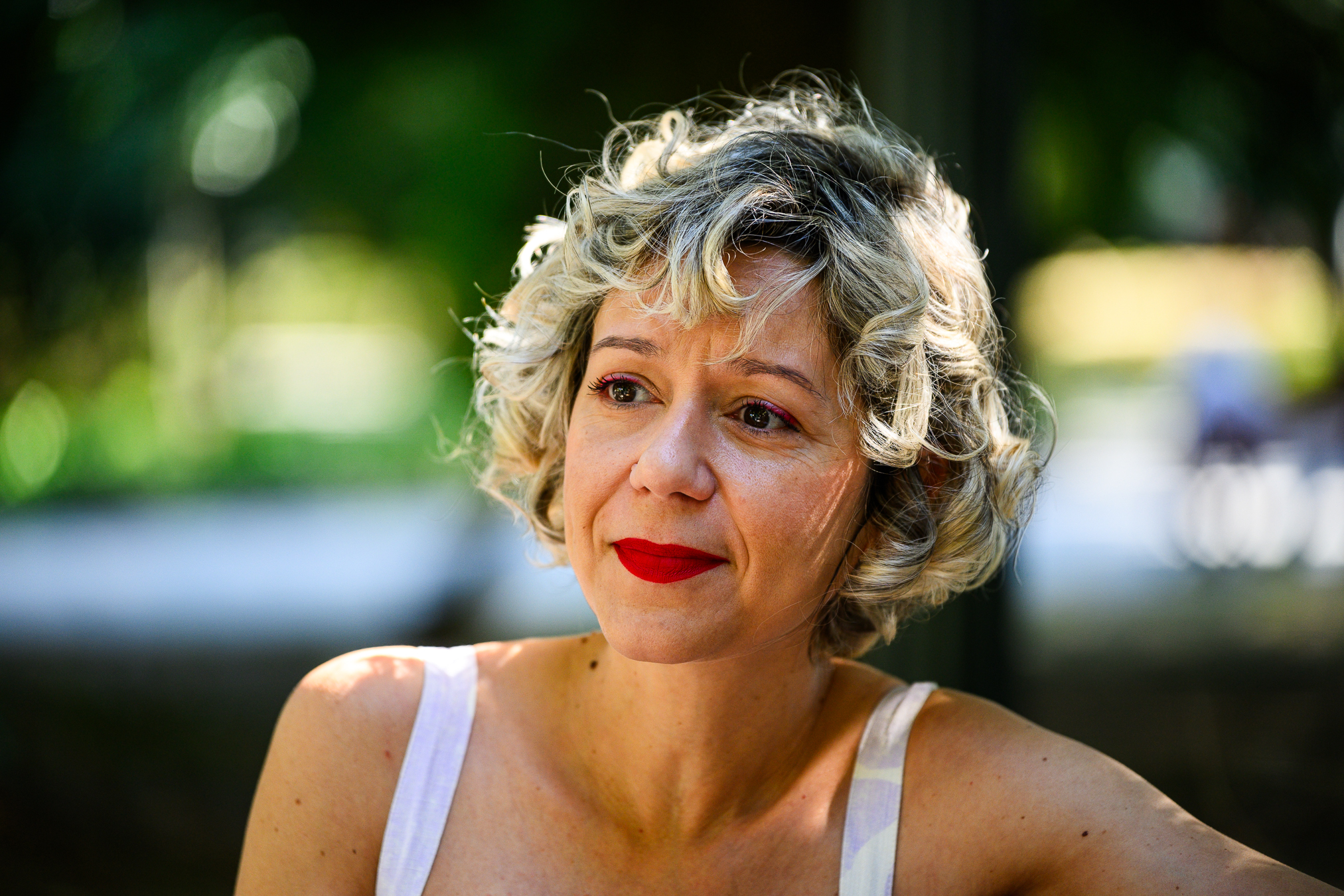
© Nuno Miguel Coelho
Like many authors, she admits that she is ‘ashamed’ of her first books: ‘I was very young.’ But she doesn't deny them: ‘We are what we make ourselves.’ And she continues to write for herself. ‘Always. Fortunately, writing is a way of life, of being.’
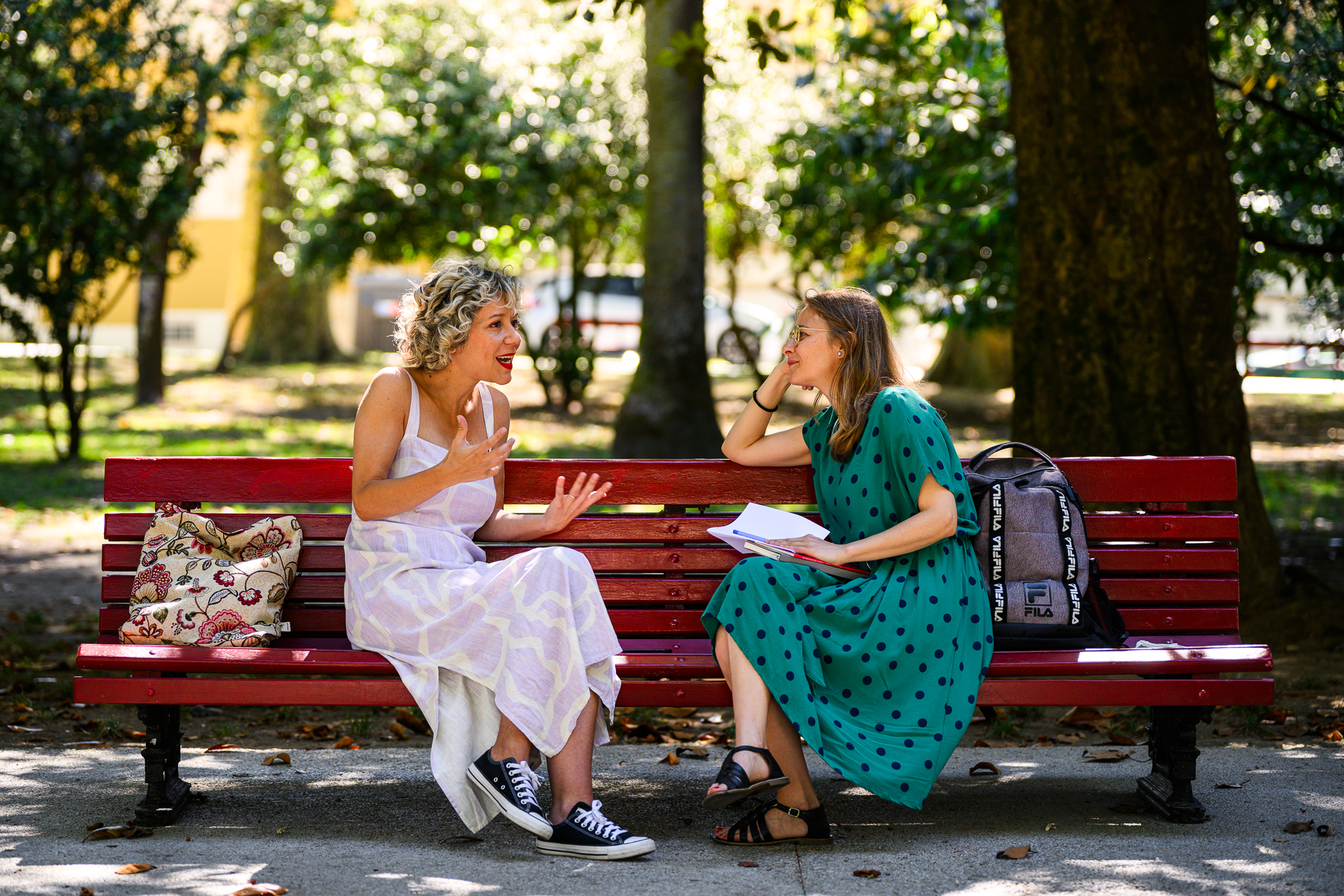
© Nuno Miguel Coelho
The Book Neighbourhood and The Penelopes
Feminism is a banner of Bairro dos Livros: ‘We work with women whenever possible,’ says Minês. ‘When Bairro dos Livros started, we were girls, we weren't married, we didn't have children, we were starting a project, we were working on other things... there came a time when we decided to invest professionally in this project and our lives changed too: we got married, we had children, we had to integrate all these roles and we had to deal with all these upheavals, all these growing pains. We wanted to bring together women who are in exactly the same situation. This is important because art is not separate from life. From that point of view, Bairro dos Livros is us, me and Catarina, with all the good and the bad, the difficult and the easy.’
For this communicator, the Book Neighbourhood should also be seen as ‘an agent of change’, contributing to a fairer and more equal society. ‘Every time we were asked to programme a series of talks and the names on the table were all male, we tried to make sure that wasn't the case. Awareness, thought, reflection and action,’ she says, adding that ’meetings about literature are also ways of governing the city in the sense of taking action, bringing people together, provoking conversations. This is our great goal as citizens, as women, as mothers, as artists.’
On the subject of this work, which aims to give more visibility to women, we should mention the As Penélopes project, which resulted from a partnership with the Póvoa do Varzim City Council for the Correntes D'Escritas festival. Bairro dos Livros challenged women to write 12 original stories that served as a starting point for the creation of 12 traditional Póvoa do Varzim T-shirts with different stories to tell, ‘always by the hand of women and from a feminine point of view’, which gave rise to an artistic installation.
With texts by Ana Luísa Amaral, Manuela Ribeiro, Isabel de Sá, Raquel Patriarca, Rosa Alice Branco, Margarida Vale Gato, Patrícia Portela, Luísa Monteiro and Gisela Casimiro, but also Inês Cardoso, Cláudia Lucas Chéu and singer Márcia, the project was honoured with the European Heritage Days distinction and was selected in 2022 as one of the twenty best European stories linked to intangible heritage that year. As well as Póvoa do Varzim, As Penélopes have already been to Porto and Coimbra, and Minês wants to take the installation to more territories. ‘We tried to write something that had never been done before, which is the tragic-maritime history of Póvoa from a woman's point of view, because it has always been largely written from a man's point of view,’ she concludes.
by Gina Macedo
Share
FB
X
WA
LINK





